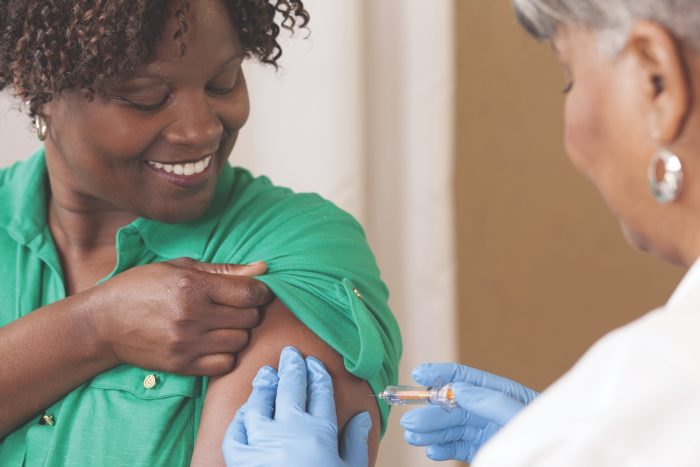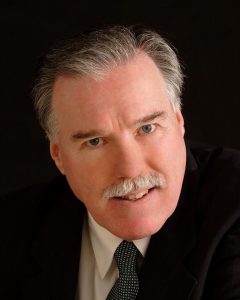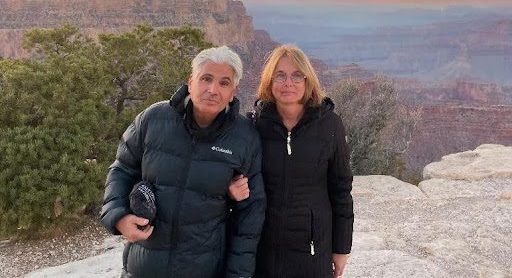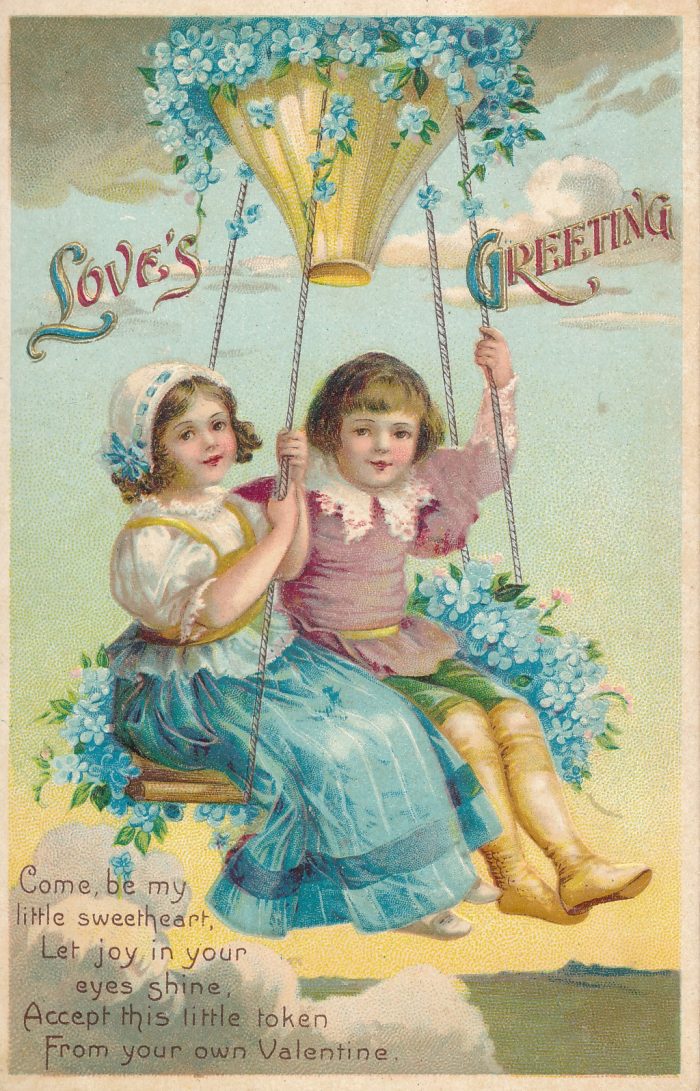By Nancy Marr
New York is home to one of the largest prison populations in the nation. Nine thousand New Yorkers are currently serving life sentences, with 10,000 who have sentences of ten or more years in prison, according to a report issued by The Sentencing Project. Despite overwhelming evidence that incarceration is one of the least effective strategies to improve public safety, New York taxpayers spend three billion dollars a year incarcerating people.
The Center for Community Alternatives (CCA), founded in 1981 by Marsha Weissman and directed since 2015 by David Condliffe, is part of a statewide network of direct services, advocacy and organizing groups and directly impacted people and their families, founded with the belief that solutions to poverty, addiction and violence rest in communities, not incarceration. In addition to working with prisoners and their families to provide court support and advocacy, sentencing mitigation and re-entry advocacy, it supports the creation of rehabilitative programs that support re-entry of incarcerated people into their communities. It has worked with New York State legislators to write bills that advocate for reform of drug laws expanding earned time, allowing a second look at a prisoner’s sentence, and an end to mandatory minimum sentencing.
Three pieces of legislation that have been introduced and are in committee would support prisoners’ reintegration and re-entry: The Earned Time Act, introduced by Jeremy Cooney (S.774) and Anna Kelles (A.1128), and now in the Corrections Committee, would expand eligibility for merit time earned for participating in vocational, educational, and rehabilitative programs.
New York is behind other states where people can gain earned time allowances, and where earned time programming and job-training has resulted in a notable reduction in recidivism. The Act would expand the access to educational programs for persons who are eligible, offered by many colleges as online and in- person classes to students. (During the 1990’s New York State slashed programs for incarcerated people by eliminating financial aid for them, and decimating college programs held in prison.) By incentivizing good behavior and program participation, the Earned Time Act would provide correctional offices with tools to help reduce conflict within the prison.
The Second Look Act, submitted by Julia Salazar (S.321) and Latrice Walker (A.531), now in the Codes Committee, would allow incarcerated persons to petition for re-sentencing if they have already served a certain amount of time, permitting a new judge to revisit and possibly reduce sentences for prisoners after they have served ten years, or over half of their sentences (if their sentence is more than a decade).
The law would create a presumption that resentencing will be granted if the person is over 55 years old or was under 25 years old at the time the crime occurred. There are over 8,000 people in New York prisons today over the age of 50 and 44% of New Yorkers in state prisons who struggle with chronic health conditions. Those who are serving lengthy sentences have no opportunity to demonstrate to a judge that they have changed after years in prison, or that, given changed laws and norms, the sentence is no longer appropriate.
Decades-long prison terms have become the norm in New York. Every year, 1,000 people are sentenced to ten or more years in prison, and 5,000 people have been there for fifteen years or longer.
The Marvin Mayfield Act, sponsored by Zellnor Myrie (S.6471A) and Gregory Meeks (A.2036), now in the Codes Committee, would eliminate the mandatory minimum sentences for prisons, jail, and probation. They began in the 1970’s for drug offenders with the Rockefeller Drug Laws but were expanded to cover non-drug-related cases; they contribute to the pleas whereby prisoners forfeit their rights to a trial. The law would allow judges to consider the individual factors and mitigating circumstances in a case before sentencing.
The CCA is looking for support for these initiatives to come out of committee by June to be considered by the Governor for this year’s budget. For more information, visit CommunitiesNotCagesNY.org or CommunityAlternatives.org.
Nancy Marr is Vice-President of the League of Women Voters of Suffolk County, a nonprofit nonpartisan organization that encourages the informed and active participation of citizens in government and influences public policy through education and advocacy.




























